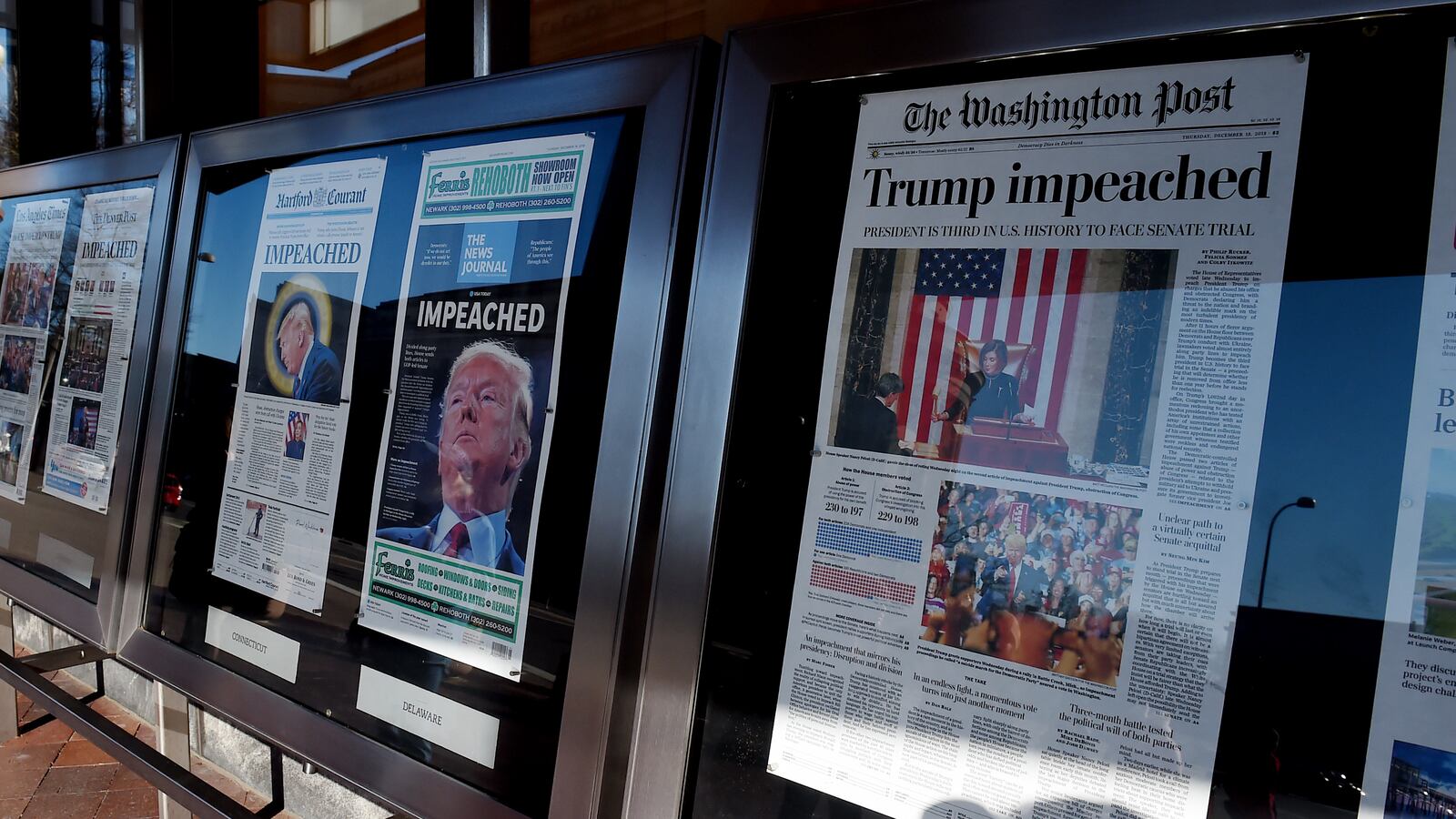When I was a junior in high school, I was fascinated by the newspaper clippings on the wall of my AP U.S. History class: There were articles about Watergate, the Vietnam War, and the moon landing, among other events. During our slow march through the nation’s history, my teacher would pull the relevant article from the wall each time we reached that topic.
With these small pieces of newsprint, our teacher took us back in time and dropped us into a day that no longer felt distant. Throughout the year, I would often look over the wall, waiting until we would “experience” the next event commemorated on the wall. I could not wait to take down another clipping, pass it around, and dive into how those who lived during that time experienced it.

Now I’m a teacher and building on that very teaching model with my own middle school students in Memphis. The past few years have provided numerous historic moments, and with each, my first reaction was to run out and grab as many newspapers as possible to pin up onto the wall. Presidential impeachments, a once-in-a-century pandemic, extraordinary social movements of individuals protesting historic injustices, and the U.S. Capitol insurrection. With each of these, more newspaper articles go up on the wall, joining and replacing the events of yesteryear.
With the growth of online news media, students often look at the newspapers on the wall in my classroom and wonder aloud about the purpose of print. But when pushed to hold the clipping, flip between halves of the article, find keywords without the help of a search tool, and dive into a box of filed newspapers, students consistently find entertainment in what they refer to as “old people things.” Working with students with a range of disabilities, the tactile experience of holding a newspaper and the stable access to resources drive me back to print newspapers.
More than simple decorations, these articles are the most essential of classroom materials — relevant and interesting texts that inspire students to read, engage, and discuss. Additionally, analyzing journalism teaches a number of literary skills: text structure, argument construction, recognizing author bias, and the rules of syntax and grammar. Students learn clarity and brevity of sentence and thought, skills honed under unyielding deadlines and world counts.
I also express to students that understanding history is impossible without understanding the present, and understanding the present requires learning how history is constructed. History, as it is written, represents a subjective view of what happened. Journalists and public officials of the day help craft the narrative that defines the understanding of events for years to come.
Reviewing seven articles that discuss the same event, one finds substantial differences in interpretation and the facts highlighted. Looking at divergent narratives provides a window into historical events and how we arrived at our current understandings of those happenings. In recent weeks, for example, we’ve reviewed articles on the American exit from Afghanistan, diving into conflicting views over the pace of evacuation and developing an eye for critical storytelling details.
These explorations build into perhaps the most important skill learned in analyzing journalism: As students enter their late teens and begin to enter the world on their own, students need to be able to take in information and form their own beliefs about the world. In an era where discussions of vaccines, masks and the like are dominating school discourse, giving students the resources to understand the discussions and form their own educated opinions — rather than just assimilating those of the adults around them — matters.
An added bonus of using newspapers: Every article opens the door to a new career: writer, editor, photojournalist, graphic designer. Then there are the lawmakers, business leaders, athletes, lawyers, and police officers whose vocations and voices appear in the articles. Seeing a judge, an infectious disease specialist, and a fisherman sharing the front page, students begin to experience the breadth of professional options available to them.
The articles on the wall of my U.S. history class shaped how I participate in the world to this day. They drove me to study and eventually teach history. And they help my students engage with — and shape — history.
Ben Donovan is a Memphis special education teacher.



